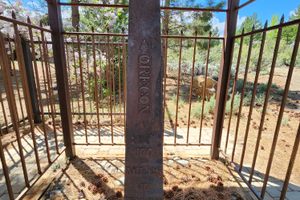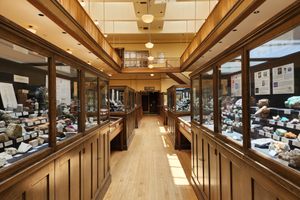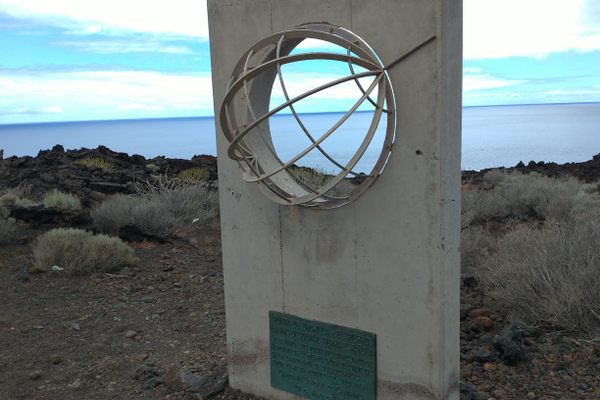About
Probably the first commercial application of aviation was carrying mail. Then as now, customers would pay a substantial premium for the swift delivery of an important message. But early aircraft navigation was primitive; with radio in its infancy and radar nonexistent, pilots had to rely on visual landmarks such as railroads and natural geographic features—and even then flight was practical only during daylight hours. Furthermore, a lack of distinctive landmarks—not to mention bad weather—could still lead to navigational errors.
So, to expedite airmail delivery, a network of beacons was built across the country starting in the 1920s. They consisted of concrete arrows pointing the course for planes to follow. In addition, they included a bright light on a steel tower so that nighttime operations became possible, with a plane following a course from light to light.
By the mid-1930s, however, the system was becoming obsolete, with improvements in radio and instrumentation obviating the need for the beacons. Hence the system fell out of use, although the last beacon wasn't officially closed until 1973.
The towers now are mostly gone, having been salvaged for scrap along the way, but a surprising number of the accompanying concrete arrows have survived. This one is on the western edge of Reno, Nevada, in an undeveloped part of a public park just south of Interstate 80.
Related Tags
Know Before You Go
The arrow can only be reached on foot or mountain bike as motorized traffic in the park is prohibited. From Mayberry Park in west suburban Reno take the Hole-in-the-Wall trail. This climbs up the slope south of the park and follows the Steamboat Ditch, a prominent irrigation ditch, west to a tunnel--the "Hole in the Wall"--under a ridge (see picture). From there take the obvious steep road up to the top of the ridge and then follow the ridge right (north). The arrow is at the end of the ridge where it drops off steeply
Community Contributors
Added By
Published
January 26, 2022
































